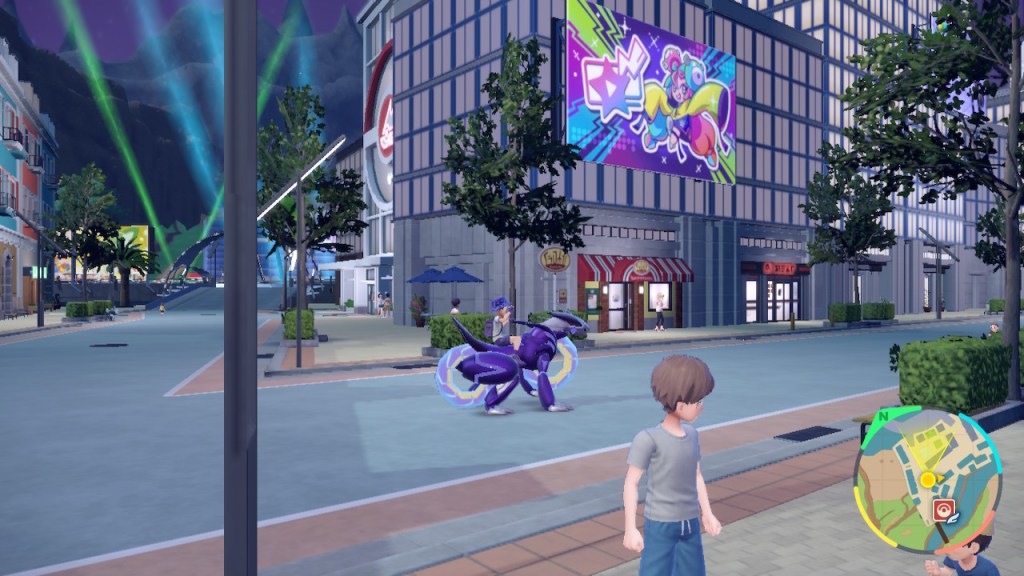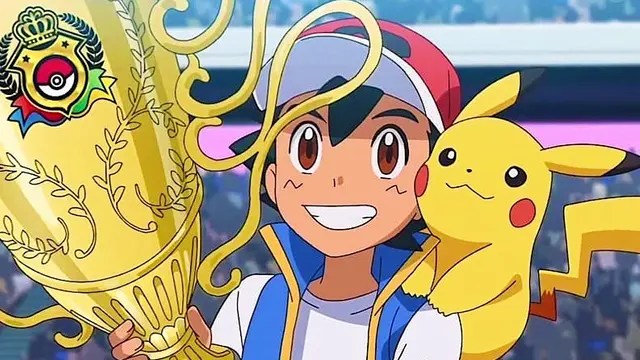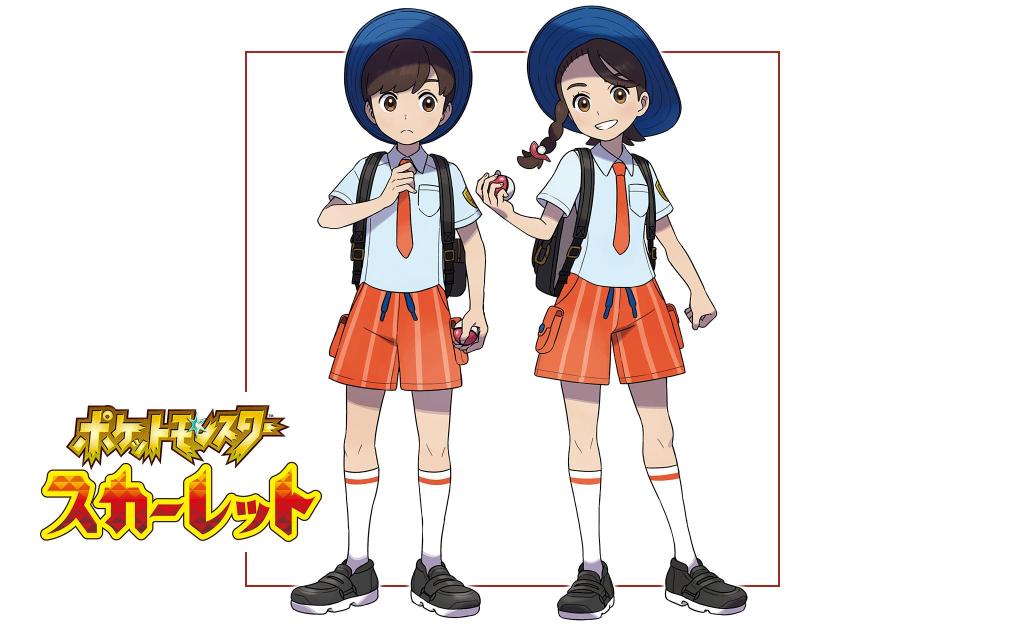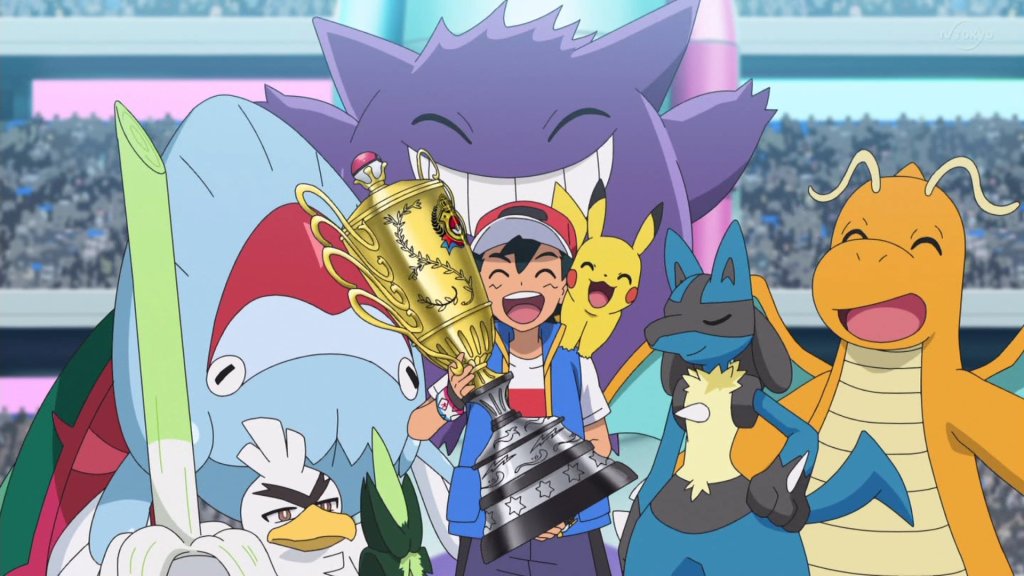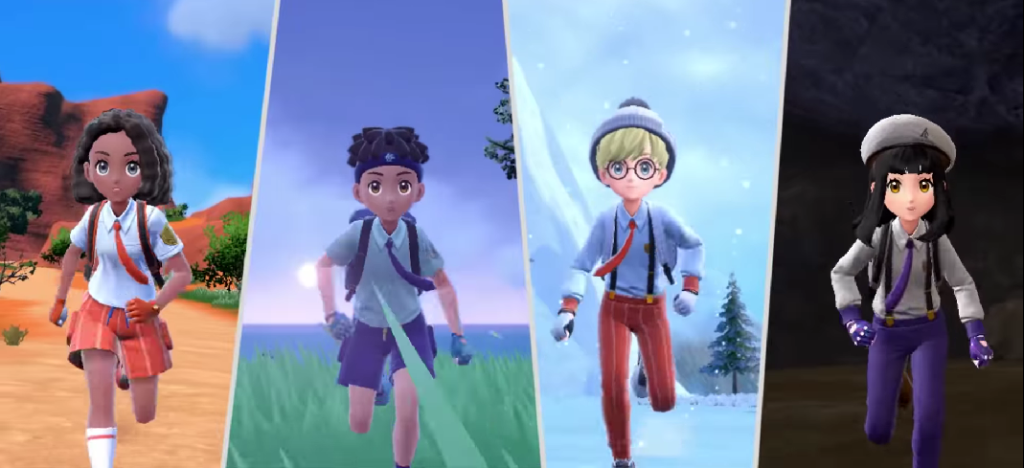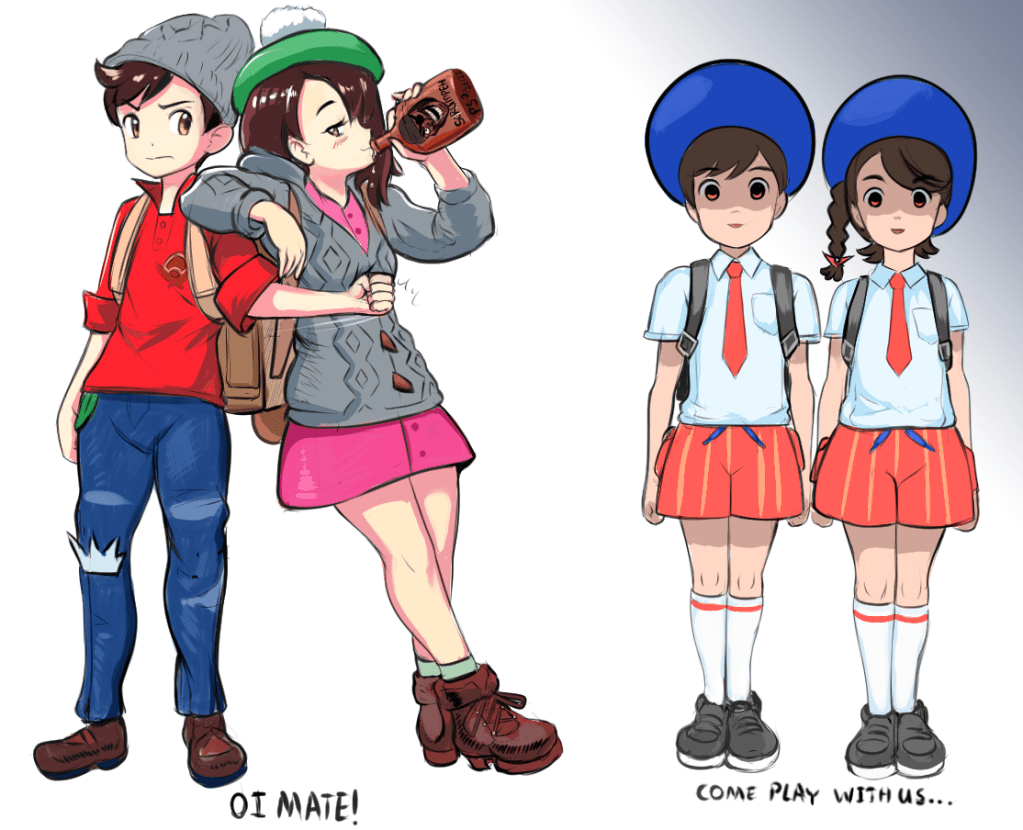
I’ve been out of Pokémon Masters EX for a while. But this morning, I learned from Serebii’s site that a new sync pair dropped, which is characterized by a combination of cuteness and overwhelming force.
Some might find such qualities mismatched, but such a combination of attributes appeals directly to my sensibilities, which could probably be called the most normal thing about me. So, I opened the app for the first time in months, and saw that I only had enough gems to run the x11 gacha three times. With a 2% draw rate for each of the 33 attempts I’d make, it was a roll of the dice. But it worked out with the 3rd x11 scout.
This time around, I scouted a character before even knowing the character’s kit. I’ve been through this enough times that I had learned from the pattern: the power creep had long since hit this game like a monster truck, so the newest character was probably the best by a long shot.
If Poppy and Tinkaton are not the best, then they are sure close. Their slap-you-in-the-face power can be likened to that of Steven and Deoxys or Erika and Leafeon, and certainly far beyond my first OP sync pair, Leon and Charizard.
Let’s give this kit a look, starting with the stats:

Yes, I already unlocked the EX outfit. What she’s supposed to do with that Sp. Atk, I don’t know, as her attack moves come off her physical attack. She’s got the glass cannon thing going for her, which is just fine, because you’ll place her behind two bulky support characters. Probably Red and Snorlax and Leaf and Eevee. Which go great with just about any attacker.
Here’s the move selection:

You could probably guess what Play Rough and Thunder Wave do. Play Rough will be the move you fall back on after your initial catastrophic barrage. There’s two moves I want to focus on, here:

The main setup move, which instantly cranks Tinkaton’s Attack stat to max, and makes the next move free. That’s gotten to be a standard convention for these OP characters. But now for her attack move:

A move only available each time Tinkaton uses a different move, which is slightly inconvenient, but with a catastrophic 450 power. While I’m not as impressed as I once was with such huge numbers (I’ve seen what power creep does to games like this), it’s still to be appreciated just how enormous this attack is. You do get to use this immediately after using the setup move, which means it can come off a maxed attack, for free.
Looking at passive abilities, she gets a couple good ones. For one thing, her stats can’t be lowered, so that increased Attack and whatever other stat boosts she gets from her allies isn’t going anywhere. This also ruins any strategy an opponent may try that depends upon lowering an opponent’s stats, but that doesn’t happen in this game very often. Speaking of, she also lowers an opponent’s Defense by two stages if her use of Thunder Wave is successful against them. Which is great if you want to slammify an opponent even harder.
But here’s the passive skill that I want to put the spotlight on:

So, on top of all that, her attacks are going to be critical hits. Unless the opponent is immune to those, for whatever reason. Assuming that critical hits work in this game like they do in other Pokémon games, this means that the attacks will do 1.5x damage, and ignore opponent’s defensive stat boosts. Because, you know, this kit needed even more irresistible power.
Reading Poppy and Tinkaton’s kit is like seeing that a character has a lot of damage potential, and as you continue reading, each ability the character possesses increases the damage potential further, for reasons that are simple and straightforward, and only require minimal setup, if any.
Basically, if a kid wanted to design a character who they wanted to win because they do a lot of damage, they’d come up with a kit like this. Except they’d probably also attach missiles and laser beams. Or is that just me?
If you’re interested, here’s Poppy’s character tags:

“Fancy” does not mean “nice”.
For those participating in her event, she can gain access to an exclusive Lucky Skill that brings down an opponent’s defense if they’re already paralyzed and survive an attack that Tinkaton uses against them. This sync pair is the total package.

And what’s more, at 6* EX, her sync move hits all opponents. Standard for an attacker sync pair, but hits a bit different considering the force behind it.
At this point, it’s clear why this game doesn’t have a direct PVP element. If it did, then most battles between players would come down to which ones can wipe out the other before the other can even make a move. This being the case, Pokémon Masters EX depends on in-game opponents to provide players with satisfying challenges. And it does okay at this with event battles.
Like with most RPGs, the objective of battles in Pokémon Masters EX is to lower the opponents HP to zero, before they do the same to you. Poppy’s kit shows that she’s very effective at this, and can accomplish it in a highly straightforward manner, with little in the way of elegance.
This sync pair may be diminutive in stature, but if you respect power (and admire cuteness), then it’ll quickly become a favorite. In my opinion, it’s definitely worth pulling.









